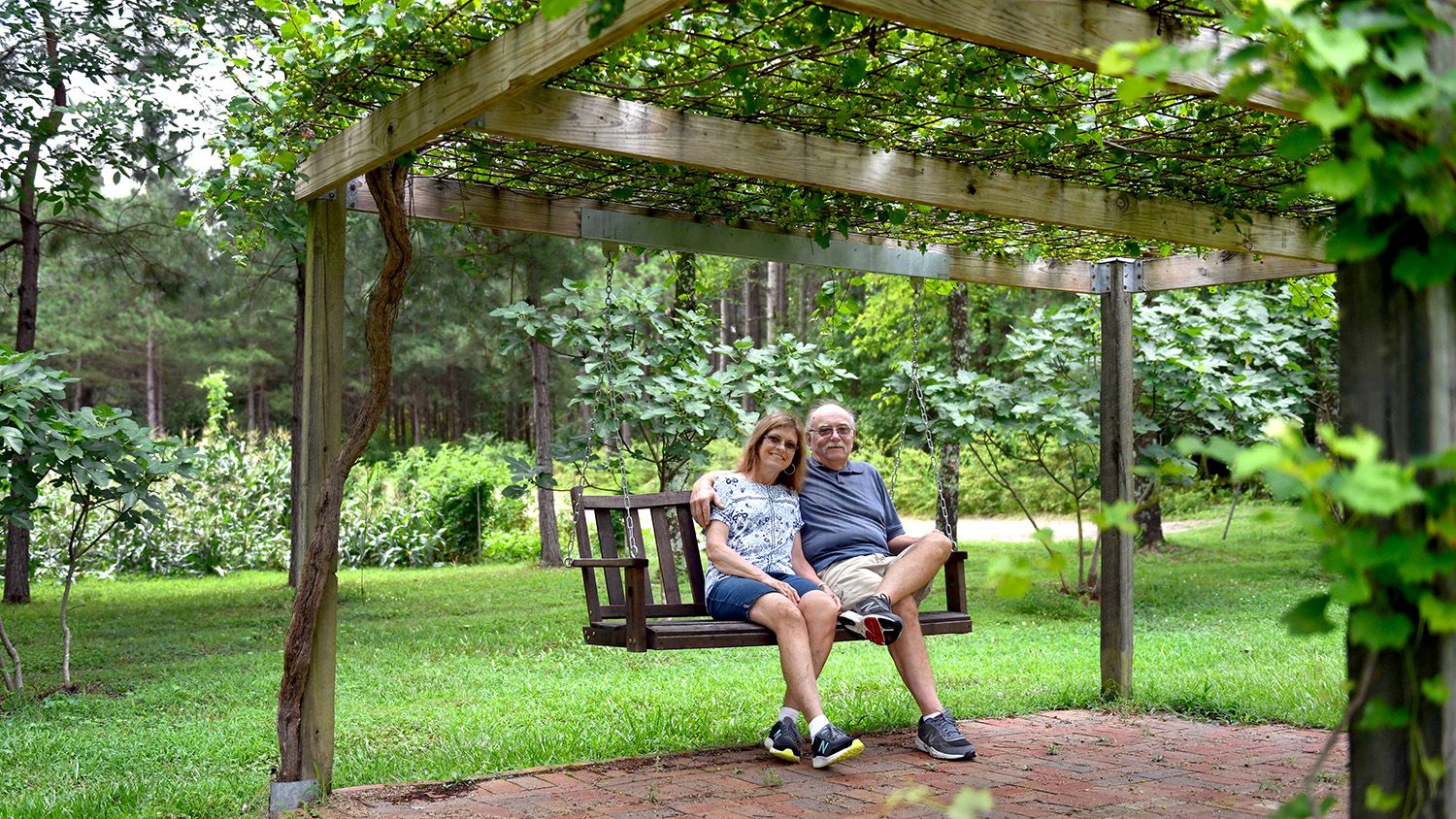Curious, Creative, Connected, Caring
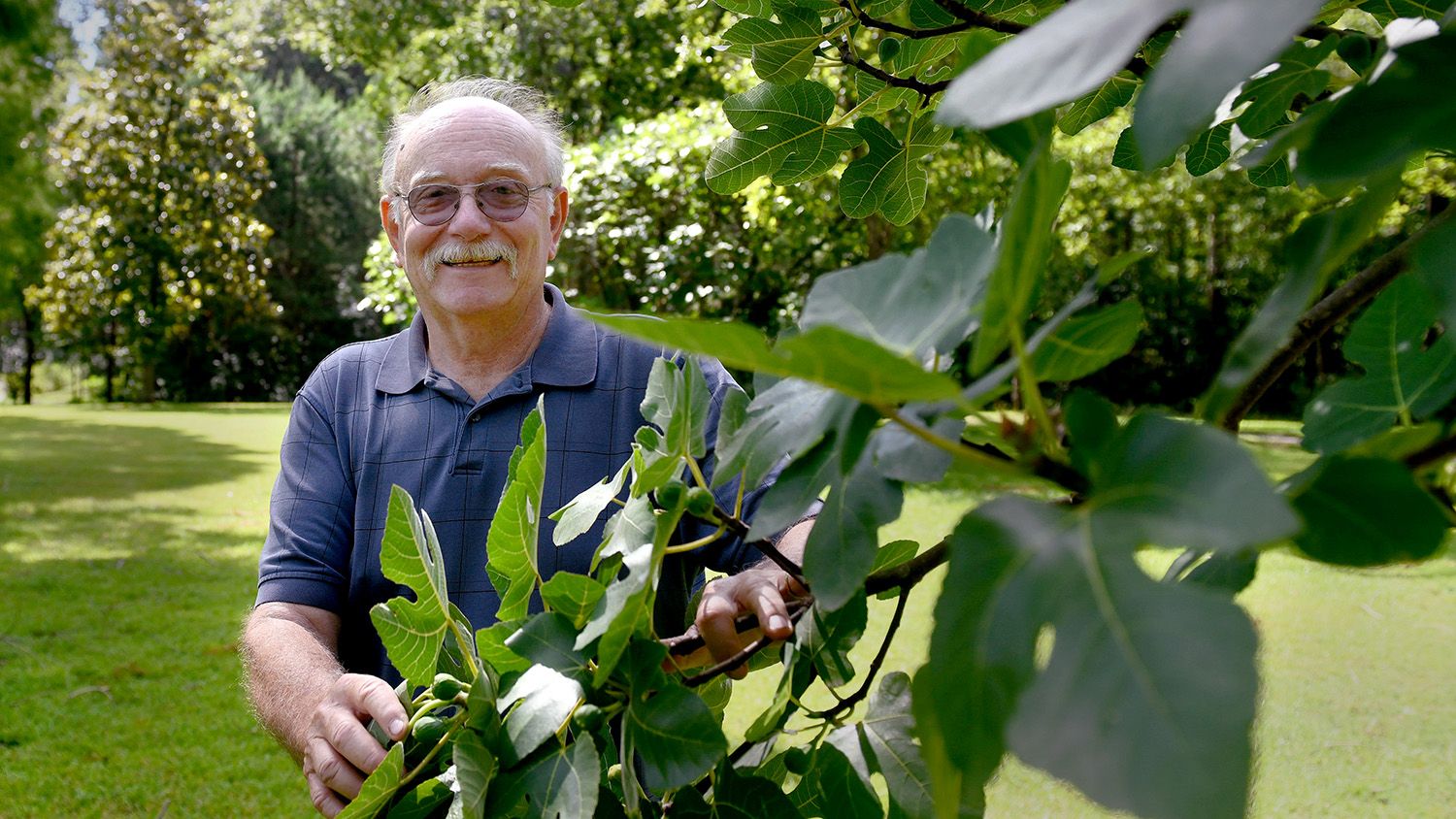
In agricultural circles, farmers like Johnny Barnes know North Carolina State University engineering professor Mike Boyette for his down-to-earth approach and keen problem-solving skills. Those skills helped turn the sweetpotato, a once-declining regional vegetable, into an increasingly popular food choice now that it’s available year-round in the United States and beyond.
Among former students like Alysondria Eason, Boyette is thought of as the Grandpa of Weaver Labs. The award-winning teacher always kept an open door, getting to know students in the Department of Biological and Agricultural Engineering well before they entered his senior design class.
Boyette began a phased retirement this summer from his post as Philip Morris Professor. That means his career at NC State will close in three years, 57 years after he first set foot on campus.
As accomplished as he’s been in his career, Boyette is quick to note that his path hasn’t always been a narrow or easy one. What’s kept him going is his passion.
“I tell my students, nothing – nothing – will get you further in life than enthusiasm,” he says. “If you’re enthusiastic about what you’re doing, if you’ve got your heart in it, you will move heaven and Earth to get it done.
“I grew up on a small tobacco farm. We worked hard. I wanted to do something to help reduce the drudgery of farm work,” he adds. “That has always been my passion.”
Turning a Childhood Dream Into Reality at NC State
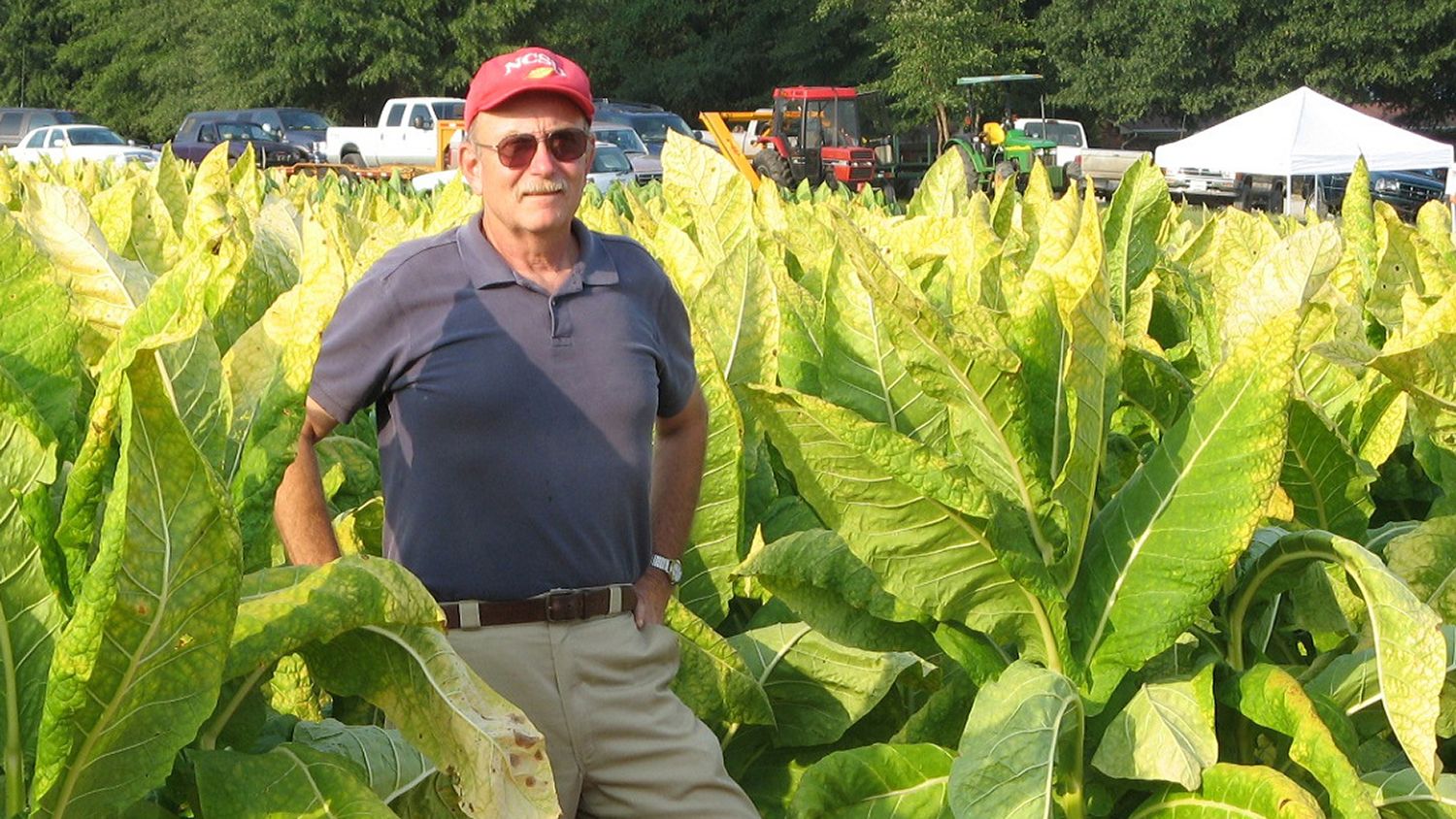
When Boyette arrived at NC State in the fall of 1966 as a first-year student, he brought enthusiasm for science sparked by Sputnik and a desire to help the farming world solve problems. But the university was, he says, “a whole new world. I was a scared kid away from home.”
“I tell people that NC State was ready for me, but I was not ready for NC State,” he says. “I had a rough time. I couldn’t find my feet. A voice in my head kept telling me I did not belong here.”
Boyette dropped out mid-semester in 1967, taking a job close to home running a drill press in a local manufacturing factory.
“It was loud, greasy monotonous work, 10 hours a day, six days a week, $1.31 an hour,” he says. “I remember coming in at 5 o’clock in the morning and sitting down in front of the drill press on an upturned bucket. I was hemmed in by metal bins of thousands of the same part. I’d reach over and pick out a part and put it in the machine, drill a hole in it and take it out. Then I’d reach over and get another one. All day long. We had our first break at 10:30 in the morning, and I would stand up and literally be knee deep in metal shavings.”
He realized he’d traded one drudgery for another. He decided to give school another go.
This time, he went to Wake Tech, graduating in 1969 with a degree in mechanical drafting. Four years later, he decided to try NC State again, intending to study forestry. However, a friend encouraged him to stop by Weaver Labs and check out agricultural engineering.
Boyette did.
The first office door that he saw was open, so he went in. George Blum, the department’s undergraduate coordinator, greeted him. Over time, Blum proved to be a mentor — one of many Boyette credits with shaping his career.
“It took me about a minute to figure out that I was in the right place,” he adds. “This is where I belong. I have felt this way every day since.
“Sometimes life takes crooks and turns, but when you finally get to the right place, you know it,” Boyette recalls. “It dawned on me that this was an opportunity for me to help the people back home.
“There were seven or eight of us in my senior class that year. We all were on a mission. We were doing this not just for ourselves, but we were doing this for society – for the folks back home and for everybody.”
Graduate School, New Career, New Home and Another Child – All at Once
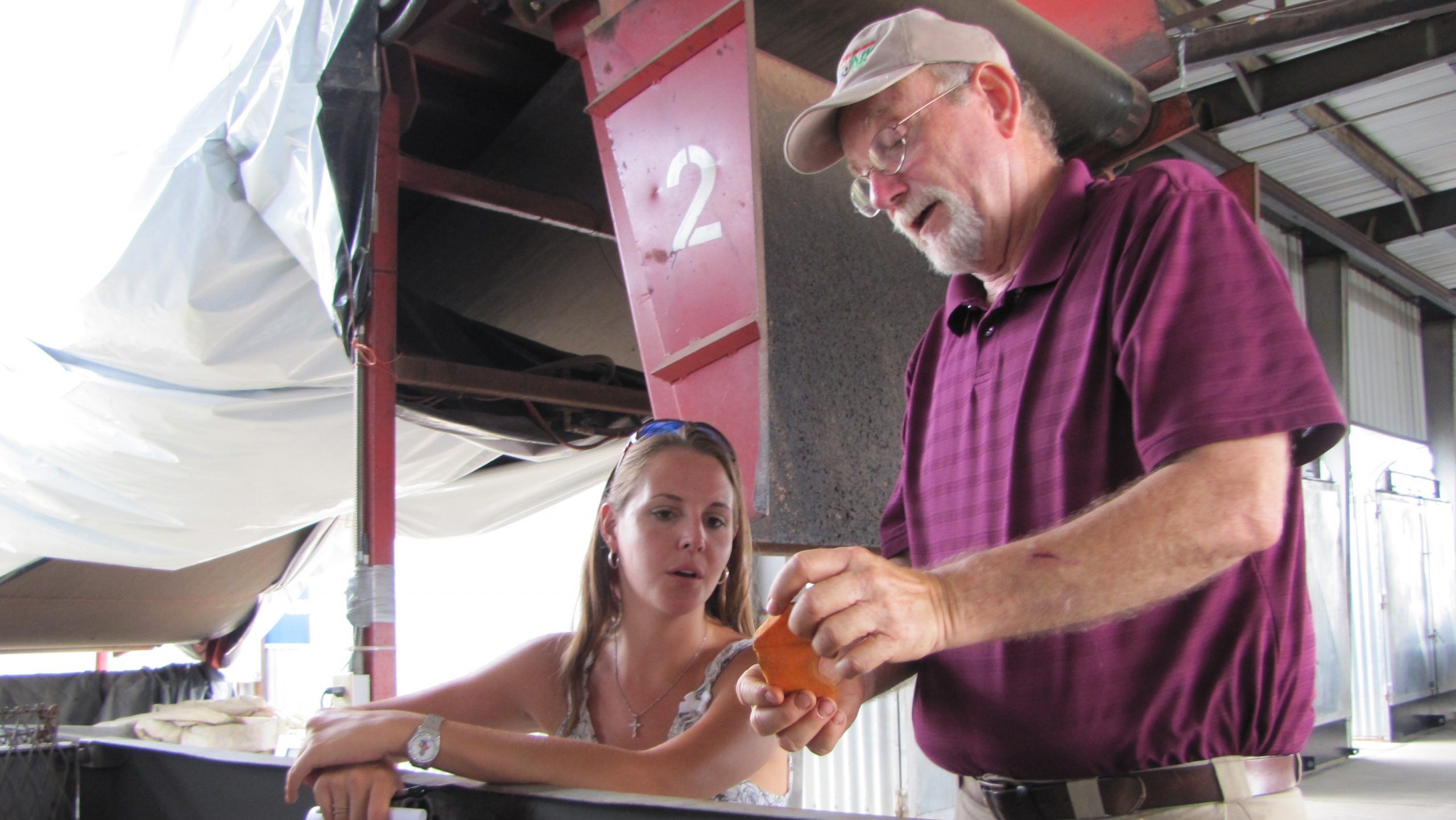
In 1976, Boyette earned his bachelor’s in biological and agricultural engineering, then started graduate school. However, his wife became sick, and so he stopped school and took an engineering job with the manufacturing company he’d worked for before.
Eventually, he returned to NC State. By 1986 he had earned a master’s degree in wood and paper science. From there, he took a job in biological and agricultural engineering and enrolled as a Ph.D. student.
It wasn’t long before Jim Ruff, then the BAE department head, approached him about the possibility of taking a faculty position – one that would involve collaborating with researchers and extension agents to help farmers adopt new technology on their farms.
“He said, ‘You would be the perfect candidate for it. But you’re going to have to have a Ph.D.,’” Boyette remembers. “‘You’ve got maybe a year and a half or two years. Think you can do it?”
Boyette’s response: “Yes, sir, I can.”
However, doubts soon set in. He was working on major projects involving sweetpotatoes and tobacco. He was also in the process of building a house, having another kid and getting a Ph.D. – “all at the same time,” he says. “It was tiring and stressful but probably amounted to one of the most productive years in my life.”
Ultimately, though, he succeeded, and the job turned out to be a perfect fit. His technical training dovetailed with his people-focused personality and his commitment to making a difference in the lives of the state’s farmers.
Boyette’s focus was on crop processing, especially the harvesting and postharvest handling of tobacco and fresh fruits and vegetables. “I have always been proud to be part of the Cooperative Extension service. Much of the success in U.S. agriculture in general, and North Carolina agriculture in particular, is due to the close cooperation between farming, agribusinesses and the university.”
Boyette made his biggest mark when it came to the state’s two leading specialty crops: tobacco and sweetpotatoes.
In the mid- to late 1990s, Boyette led multistate efforts to help farmers begin baling their tobacco, a transition that saved the industry millions of dollars annually in storage, shipping and tracking costs. Soon after, he led another regional project to retrofit curing barns from direct-fired heating to indirect-fired heating by installing heat exchangers.
In the project’s first year, the retrofits were found to reduce the production of cancer-causing tobacco-specific nitrosamines during the curing process by 95%.
Success with Sweetpotatoes

Boyette’s breakthroughs in sweetpotato storage have perhaps had an even greater impact. In the 1980s, North Carolina growers were interested in finding ways to market their produce year-round. Sweetpotatoes grown here are typically harvested from August to late October, and historically most were sold by January or February.
Keeping sweetpotatoes fresh longer was a challenge. As temperatures warm, the roots can sprout in storage. As the vines grow, they consume the starch and render the vegetable unusable.
As farmer Johnny Barnes explains, the tuber – the part of the plant we eat – “will become pithy and corky and not palatable. It wouldn’t be a good sweetpotato to eat.”
To keep the tubers fresh longer, farmers started storing them indoors. Using refrigeration, they were able to extend the shelf life of some sweetpotatoes they stored, but they still lost some to sprouting.
As Boyette explains, “They would put these potatoes in these buildings that are 20-foot tall, and they’d stack these bins up. But they had no way to stir the air up in the room. So what would happen is the heat would rise up. At the top it would be 80 to 85 degrees, whereas down on the floor level it might be 58 degrees – which is the correct temperature.
“I have seen potatoes with sprouts as long as your arm on the top bins in the old-style storage buildings. And everybody knew why it was happening: It is hotter in the tops of these buildings. The potatoes up there were responding to the heat and starting to grow but nobody knew what to do about it. It was just part of the cost of doing business.”
“Well, I’m here to tell you that if you go through the entire process of planting, plowing, growing and harvesting, the time to lose the crop is not after it’s already in the barn,” Boyette says.
To remedy the situation, Boyette pioneered methods for moving air through massive indoor storage facilities in ways that kept the temperature and humidity in the ideal range. Barnes says that development opened major new markets. Farmers were finally able to have a reliable product that they could sell to restaurants and other food-service establishments.
“Chain restaurants became an option for sweetpotatoes,” Barnes says. “They were willing to put sweetpotatoes on the menu once they knew they could have them year-round.”
Thanks in part to Boyette’s work, North Carolina has emerged as the nation’s top sweetpotato-producing state. 2019’s crop was valued at $323 million. That made it one of North Carolina’s leading agricultural commodities, ranking fourth after soybeans, corn and tobacco.
At Barnes’ office in Spring Hope, North Carolina, there’s a reminder of Boyette’s contributions to his company’s development: A photo of Boyette and Barnes’ late father hangs on the wall.
“Dr. Boyette has got a lot of common sense. Out here on the farm, that is really treasured,” Barnes says. “We’ve really profited in business by knowing him and employing his knowledge, and we’ve also profited from his friendship. He’s been a force up here for a long time.”
Paying George Blum’s Mentorship Forward
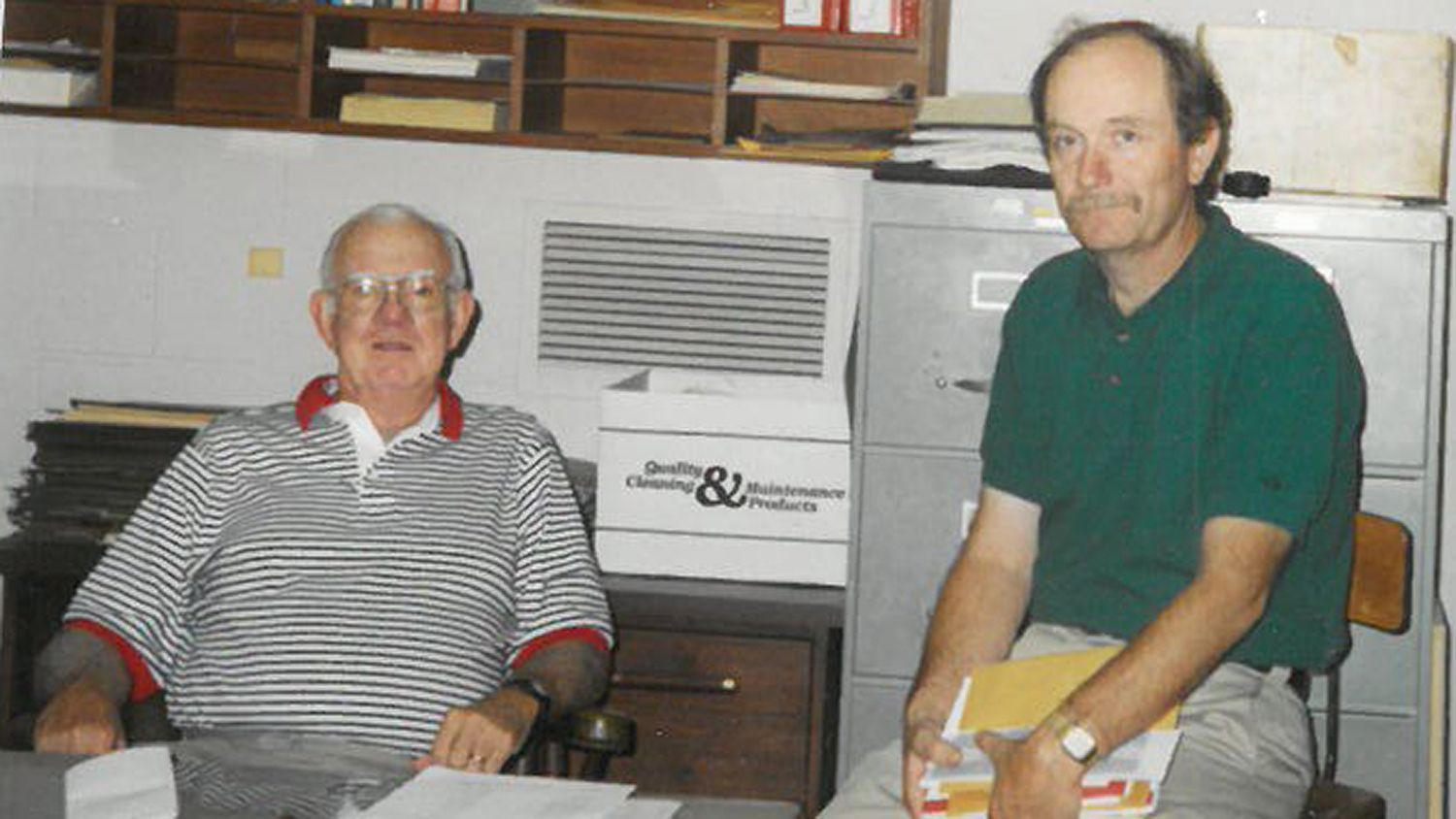
Boyette has been a force at NC State for a long time, too, serving as a teacher and mentor to students and to some of his BAE colleagues.
“Some teachers have an adversarial relationship with their students. Not me. I see us – teacher and student – as a team,” he says.
Boyette credits some of his success as a teacher to Blum. Eventually, Boyette inherited the office where Blum sat on the first day Boyette visited Weaver Labs.
“I learned a lot about teaching from having many good teachers like Professor Blum and especially from my days speaking to farmers as an extension specialist,” Boyette says. “The main thing is, if you are not enthusiastic about the subject matter, you have no right to expect your audience to be either.
“I have modeled a lot of my experience with students on George Blum. He was so open and would talk to you. You were an individual person to him,” Boyette says. “I always tried to get to know each and every one of my students on an individual basis, just like he did.”
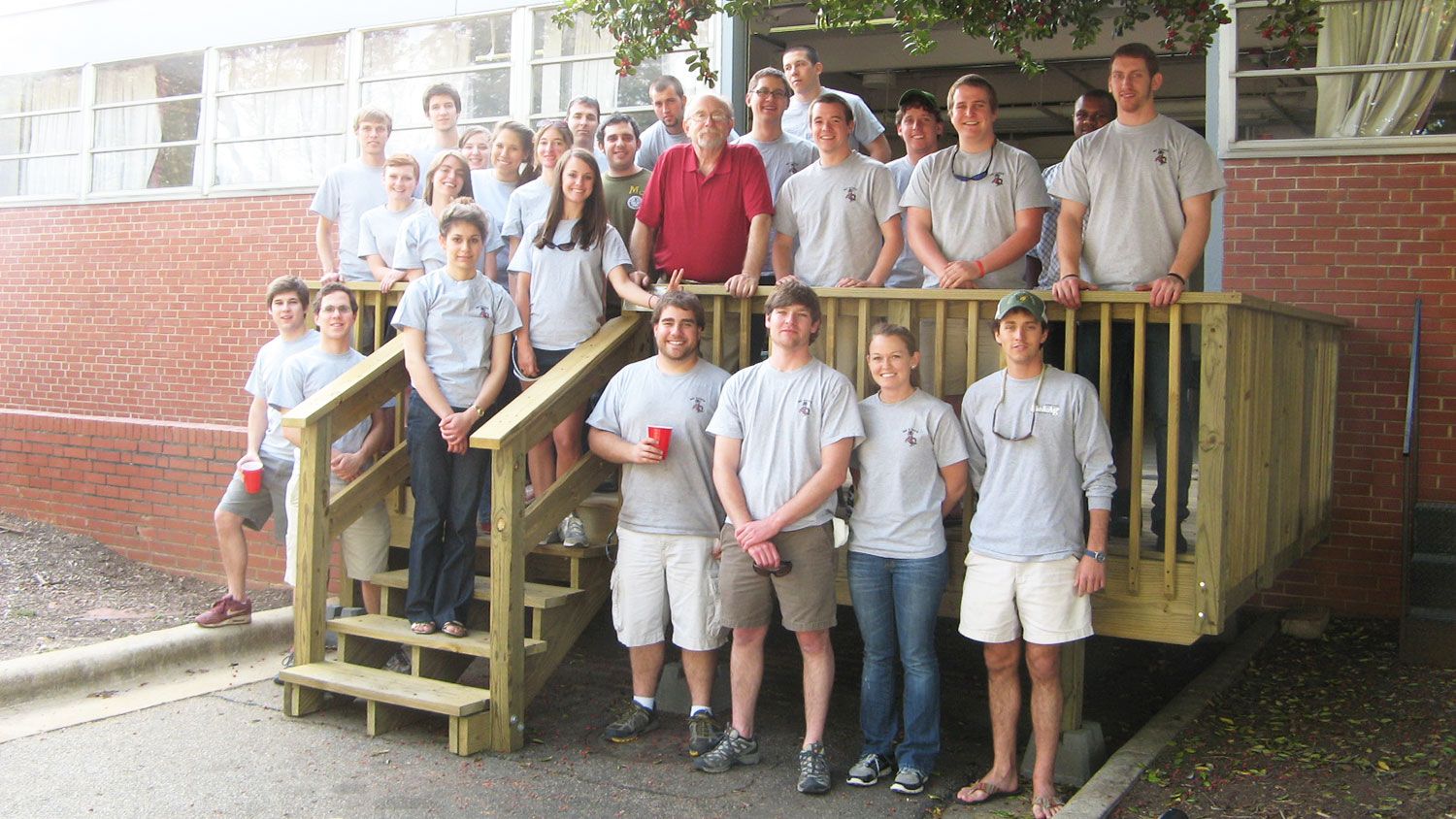
Alysondria Eason says she sees the same traits in Boyette that Boyette saw in Bloom. Eason took Boyette’s senior design course in 2010-11.
“Dr. Boyette is comforting. He made it so any student could come into his office and talk to him about family problems, things that were going on with their classes, or things they wanted to just vent about,” she says. “Most teachers you don’t really get to know until you have their class, but for Dr. Boyette, by the time you have his class, he already knows a whole lot about you and has developed a relationship with you. He comes in the computer labs and just talks to students, checks in on everyone, sees what everybody’s up to.”
The lessons Eason learned from Boyette continue to influence her life and her work as an engineer with Hazen and Sawyer, a national firm focused on clean drinking water and water pollution prevention.
“I learned from him about taking the ethical approach. He preaches ethics like no professor I’ve ever had, telling us that doing things the right way will always take you farther than people who try to sidestep,” Eason says.
“That’s the approach I’ve kept and maintained, knowing that sometimes the right way isn’t going to be the easiest and you’re going to get a lot of pushback.
“But that’s OK. Your conscience is clear.”
Grant Ellington, an Extension associate professor of biological and agricultural engineering at NC State, also considers Boyette a mentor. He studied under Boyette as a graduate student.
“He taught me by example the importance of hard work, dedication, grit and how the smallest of opportunities can make a lifetime impact,” Ellington says. “He always had the ability to recognize students who had the potential to be very successful but who needed the right mentor to help them realize that.”
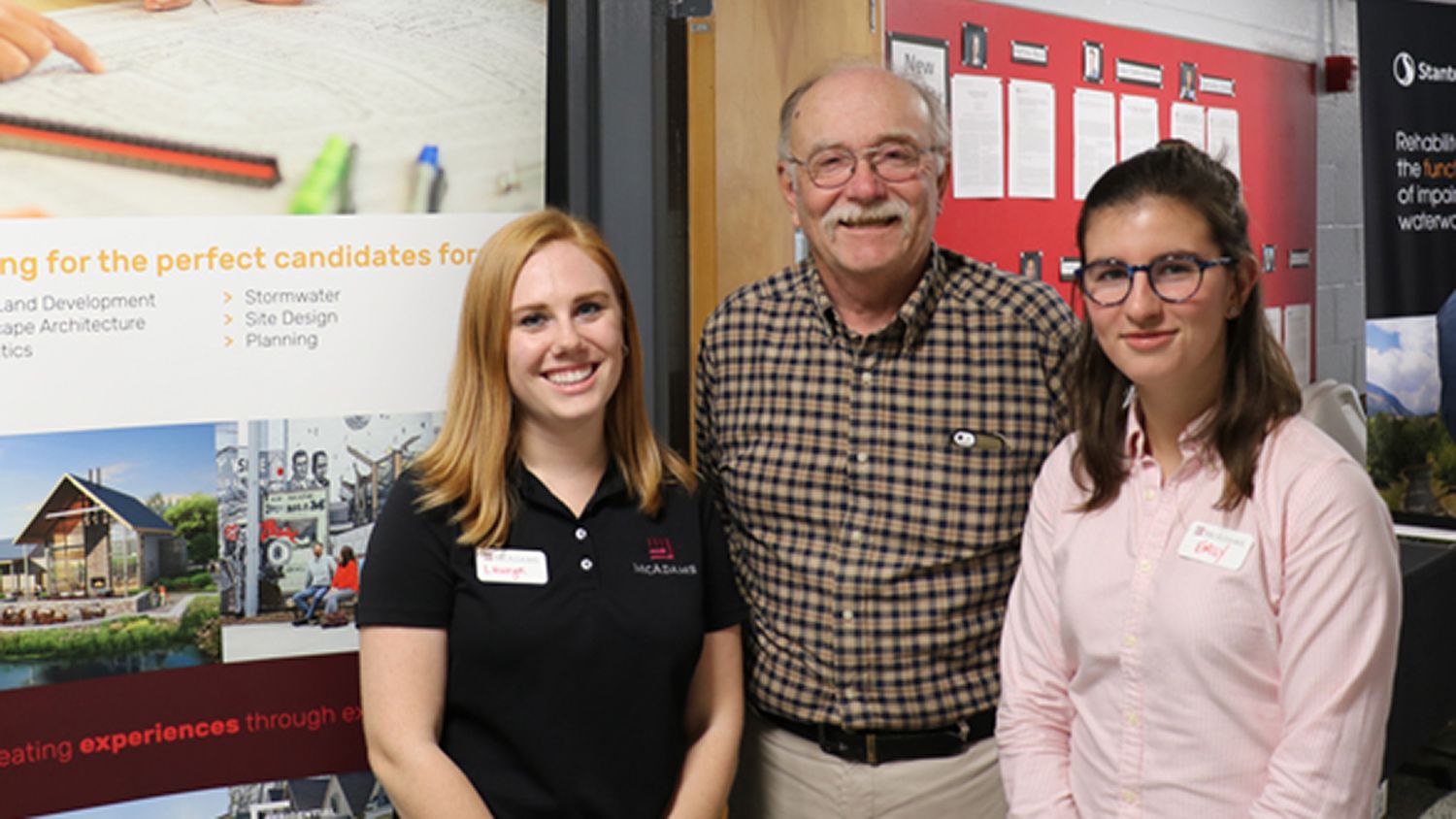
Next Up: More Sweetpotato Improvements
While Boyette will be working less over the coming three years until his full retirement, his work as an agricultural engineer will continue. He intends to remain connected through projects aimed at improving crop productivity, quality and value of sweetpotatoes and in continuing to teach two courses.
Building off some of Boyette’s ideas and previous imaging work, the team won one of four substantial seed grants from the university’s Game-Changing Research Incentive Program for the Plant Sciences Initiative, or GRIP4PSI, earlier this year. The team’s goal is to link custom imaging tools with a computational platform to yield data-driven insights that help North Carolina growers, producers and distributors.
The team includes heavy hitters from throughout the university. They include nationally recognized agricultural and life scientists, computer and biological engineers, and other scholars.
When Boyette talks about the team, he seems somewhat astounded to be in their company.
“There are times when I am on campus or doing whatever I’m doing in connection with my work, when I hear a tiny little voice that remembers the kid that grew up on a tobacco farm in Eastern Wake County,” he says. “I think, ‘I don’t really belong here. There are people around me that are smarter than I am. There are people around me that are a lot more articulate than I am. There are people around me that know more than I do.’
“I think, ‘I don’t have any business here.’”
But then he remembers the definition of leadership he once read in a book.
“A good working definition of leadership is the ability to inspire cooperation. Just because you’re a leader doesn’t mean you can do everything or that you know everything,” he says. “You just need to be able to find the people that can do everything and know everything and get together and make them into a coherent team.
“That’s what I’ve done,” he adds. “That’s my job.”
BAE is honoring Mike Boyette’s career through an endowment supporting undergrads.
